Humans alter the world’s habitats in a variety of ways. We cut down trees and use the wood to build homes. Humans also drain swamps and build shopping malls on the newly dried ground. We even construct oil-drilling platforms in the middle of the ocean.
But humans aren’t the only animals that alter the world. In fact, several other animals also change the world in significant ways. We’ll talk about a few of the best examples below.
Gopher Tortoises
Gopher tortoises dig long burrows that attract many other animals.
Gopher tortoises are medium-sized turtles that live in the southeastern United States. They’re called gopher tortoises because they excavate large and elaborate tunnels. These tunnels provide the tortoises with protection from predators and temperature extremes. In some cases, their tunnels may be 50 feet long. They may even penetrate more than 20 feet below ground.
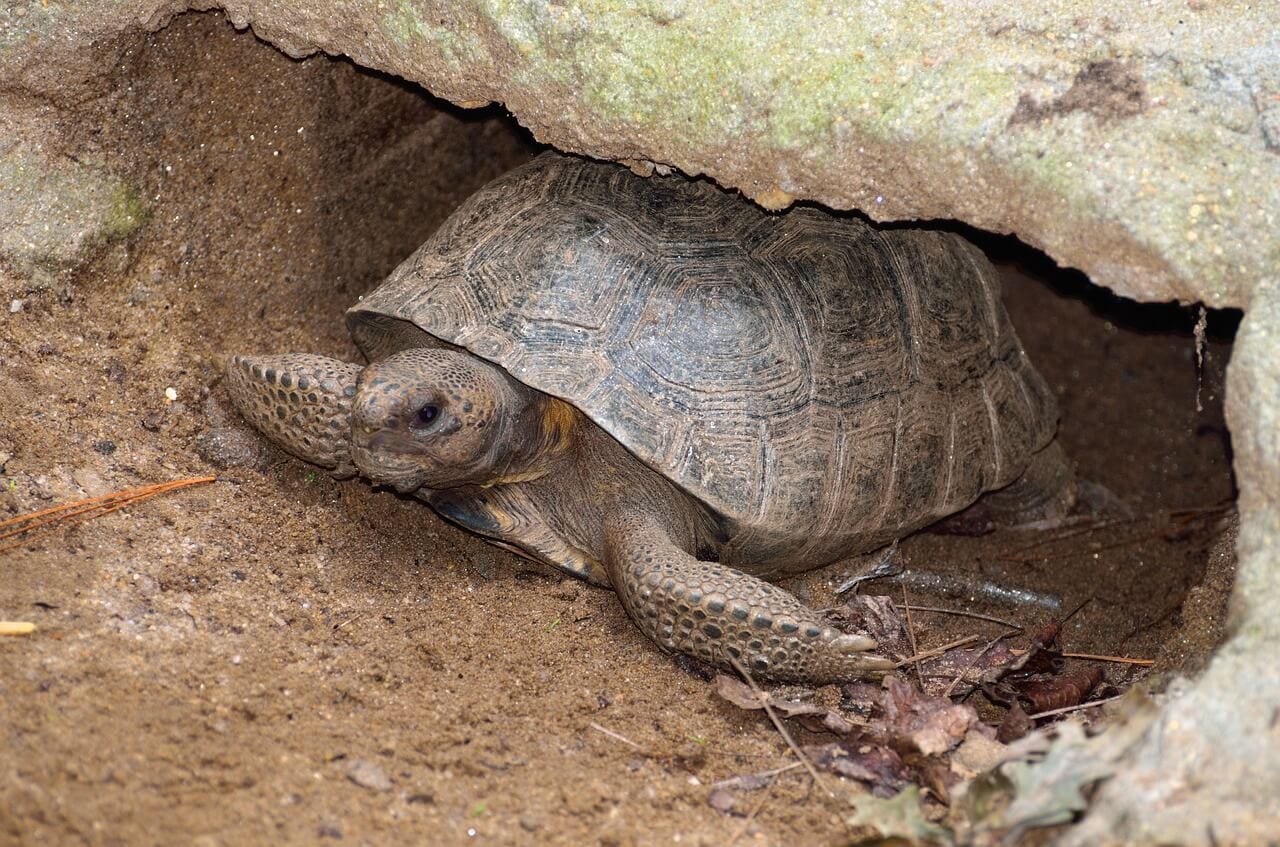
But gopher tortoises aren’t the only animals to use their tunnel systems. Many other animals enter these burrows to enjoy the protection they provide. A few of the most common animals that inhabit gopher tortoise tunnels include mice, foxes, skunks, toads, frogs and snakes. Burrowing owls are even known to reside in gopher tortoise burrows.
Unfortunately, the gopher tortoise is currently under threat, primarily as a result of habitat destruction. The IUCN Redlist for Threatened Species classifies them as “vulnerable,” as their population is very fragmented, and the number of adult tortoises is declining. This is not only bad news for gopher tortoises, but it also puts the animals that rely on gopher tortoise burrows at risk for extinction.
Termites
Termites construct huge mounds that other animals use for shelter.
Termites are more commonly associated with destruction than construction, as they’re notorious for eating the wood humans use to build their homes. But many termite species living in Australia, Africa and South America are accomplished builders too. These termites – called mound-building termites – construct very large structures in which they live. In some cases, these mounds can reach 30 feet in height. They may even extend for 100 feet in all directions.

These termite mounds are often located in very hot, dry habitats. But the interior of these termite mounds remain cooler than the surrounding area. They also contain more moisture than the surrounding area too. Accordingly, a wide variety of animals inhabit termite mounds, thanks to the shelter they provide.
Some of the most common termite mound inhabitants include other insects, spiders, scorpions, snakes, frogs, lizards and rodents. Some animals even deposit their eggs inside termite mounds. They do this because the mounds provide a climate-controlled place for the eggs to develop.
Woodpeckers
Woodpeckers make nests that other animals use to raise their own young.
Woodpeckers are famous for using their beaks to chisel away at trees. They often do so in an effort to reach insects and insect larvae hiding under the tree bark, but they also do so for other reasons. For example, male woodpeckers will hammer on trees during the mating season. This helps them mark their territories and attract mates. But they also use their chisel-like beaks to excavate large cavities in trees, which they’ll use as nests.

But woodpeckers aren’t the only animals to use these nests. In fact, because most woodpeckers make new nests each year, forests are often full of old woodpecker nests. Woodpeckers don’t use these old nests at all. Accordingly, many other animals move into these old nests and use them for their own purposes.
Squirrels, for example, often use old woodpecker nests to raise their young or escape temperature extremes. Some owls – such as screech owls – even use old woodpecker nests during the breeding season. Snakes, lizards, insects and other birds also use woodpecker nests, although many only do so temporarily.
Corals
Millions of individual corals create habitats that attract fish and other aquatic creatures.
Although many people think of corals as plants, they are actually tiny invertebrates who live in many of the world’s warm ocean waters. The actual coral animals are very small, and they live inside the calcium-rich structures they create. These hardened structures provide them with protection and give them a place to live. When many corals live in the same area, they end up constructing large reefs, which serve as habitats for many other marine organisms.
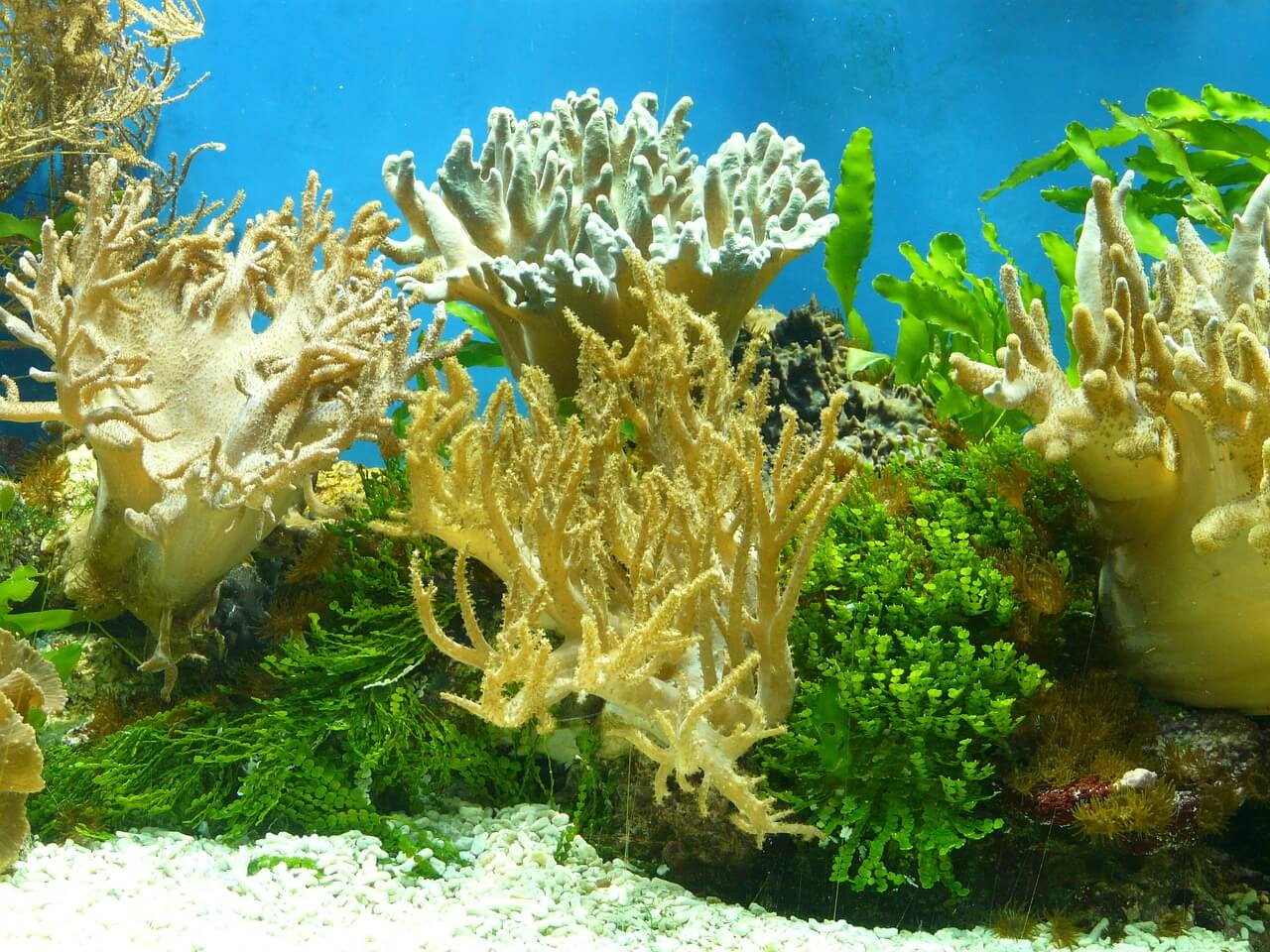
Most of the ocean is comprised of empty space, but many fish and other sea creatures don’t like living in vast, featureless areas. Instead, they prefer to live near some type of structure. Rock formations, underwater cliffs and seamounts all attract fish, but few things attract as many species as coral reefs.
In fact, coral reefs are often home to animals including sharks, rays and bony fish. They also serve as habitats for sea anemones, sea slugs and other important marine invertebrates. Unfortunately, many of the world’s coral reefs are struggling to survive, thanks to ocean acidification, pollution and global warming. If the coral reefs die off, the animals that inhabit them will likely die off too.
Beavers
Beavers not only create ponds by making dams, they also build lodges which other animals use.
Beavers construct two different types of structures that alter the areas in which they live. They build dams in small streams, which create flooded areas known as beaver ponds. They also build large lodges inside the flooded area. These lodges provide beavers with a home in which they can raise their young.

The dams obviously have a huge effect on the surrounding area. Beaver ponds serve as breeding grounds for amphibians and insects, and they provide water snakes and birds with places to hunt for prey. Bears may even visit beaver ponds while foraging for food. They may even eat the beavers who created the pond.
Beaver lodges also serve as habitat for small animals like insects and other invertebrates, and birds will use them as resting places. Once the beavers move off and abandon their old lodges, muskrats and other animals may move in and use them for their own needs.
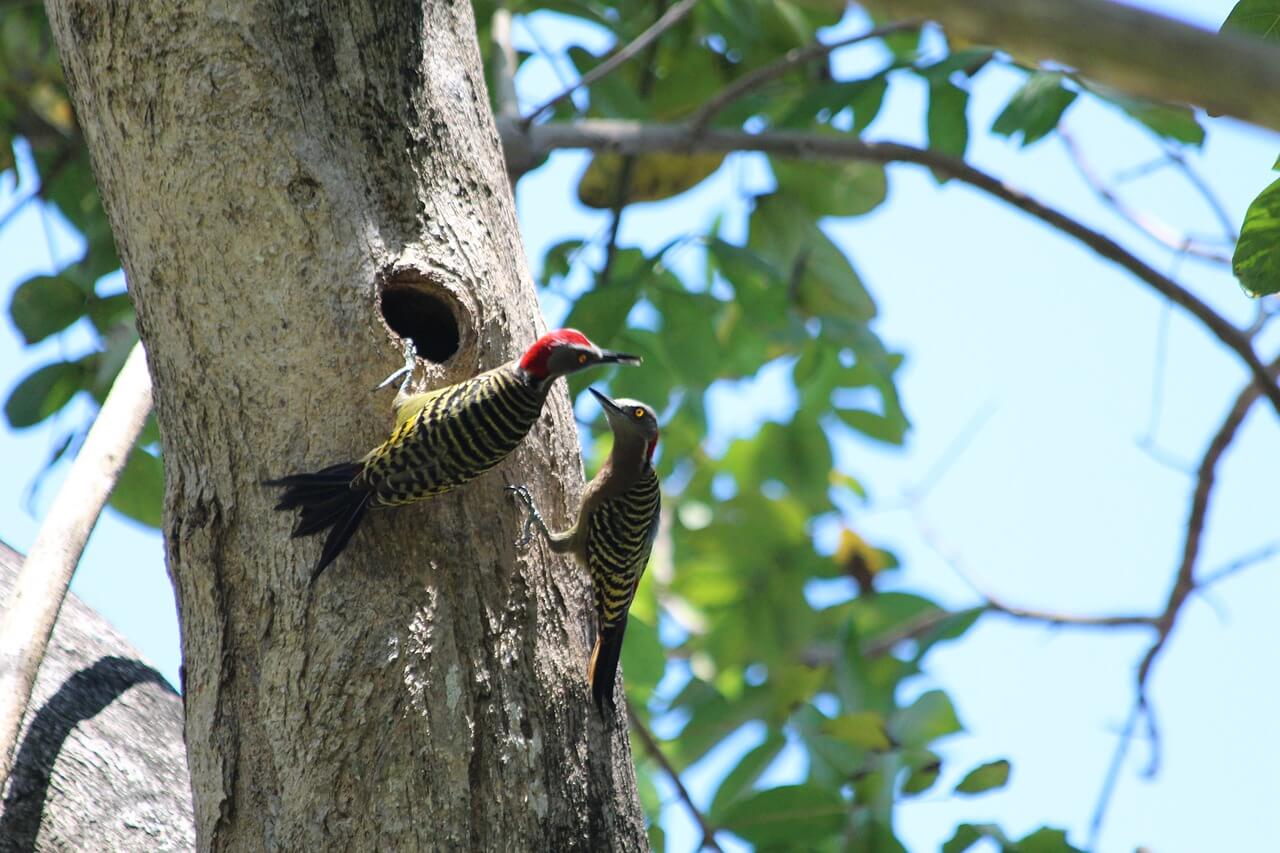
By now it should be clear that humans aren’t the only animals that alter the world’s habitats. Many animals also build and construct things that serve as habitats for other animals. We’ve discussed four of the most important examples above, but there are many other examples.
Let us know which animals you can think of that change the world by building structures in the comments below.



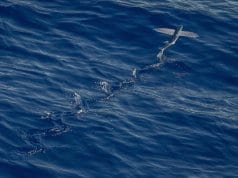

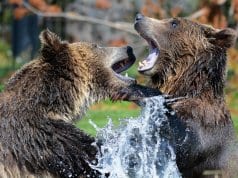
![Red Angus Closeup of a beautiful Red Angus cowPhoto by: U.S. Department of Agriculture [pubic domain]https://creativecommons.org/licenses/by/2.0/](https://animals.net/wp-content/uploads/2020/03/Red-Angus-4-100x75.jpg)

